How to properly serve wine
During the restrictions prevailing almost everywhere in the world, for many, wine has become an island of enjoying life at home. A glass of wine in imagination allows us to move to warm lands, but our taste receptors excitedly remember the taste of other peoples’ food. At a time when bars and restaurants are closed, there is no one who can recommend a good wine for dinner, and many questions arise – but how to serve wine properly? It’s time to find out how to be your own sommelier at home.
Let’s start with the fact that the following important principle always applies to wine – wine does not like to be rushed. Don’t try to refrigerate it quickly or serve it right away as soon as you get it home. You shouldn’t drink it in one go either, arm yourself with patience and enjoy slowly.
And so – when you have bought and brought the wine home or had it delivered to you, let the wine settle down a bit in the bottle. Put it lying down in a cool, dark place, it is preferable to leave the wine alone for at least a couple of days. Especially if you have a refined, valuable and noble representative in your hands.

How to properly store wine
If you are ready for a special feat and the wine will not be touched for a few months or even years, it is important to remember the rules of wine storage. So – there are five main points or conditions to consider; if you can’t follow them, be prepared that after a couple of years, instead of a wonderful, mature drink, you will end up with a bad-tasting liquid.
The most important thing is constant storage temperature. There are recommendations that any wine (white, red, rosé or sparkling) should be stored at a temperature of 12-15 0C, however, in the cellar it is sometimes higher or lower, the main thing is not to have large temperature fluctuations, as this has a bad effect on the natural cork and also on the wine itself overall. That is why a beautiful wine rack in the kitchen is the most inappropriate place to store wine. If there is no cellar or wine cabinet, an ordinary product refrigerator can be useful for a short time not only for sparkling, white and rosé wines, but also for red wine, it will be good to stay cool for a while.
The second important condition is humidity. In a dry environment, the wine cork dries out rapidly and the wine oxidizes, losing all freshness and bouquet. Optimal humidity – not less than 75-80%. This is one of the most difficult conditions to implement, and this is why wine bottles are placed horizontally, so that the wine moistens the cork from the inside, thus extending the life of the cork and – accordingly – of the wine.
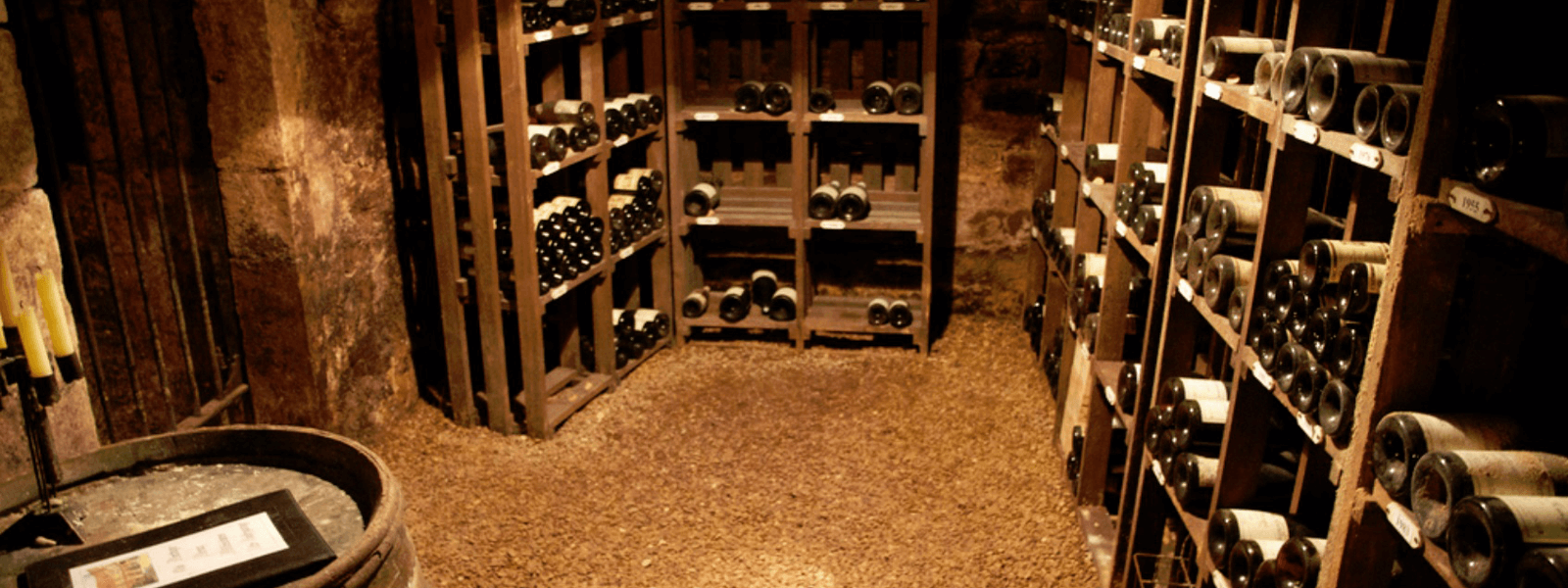
Darkness – likes not only young people, but also wine. Direct sunlight or artificial lighting will shorten the life of your drink. This is why winemakers generally prefer dark glass over clear glass to protect the contents of the bottle until it reaches the end consumer.
It is also important to ensure that there is no vibration. Prolonged shaking and even barely perceptible vibration can damage the structure of the wine and make it “nervous” and unbalanced. Hopefully you don’t live next to a railway or tram tracks, otherwise it will be difficult to enforce this condition.
And the last – the surrounding smells and odours. They should not be in the place where you store wine. Therefore, neither a garage nor a workshop or a warehouse with household chemicals will be suitable for this purpose. The kitchen refrigerator is also not a salvation if the bottle will lie there for more than a week. You wouldn’t want your wine to smell like onions, cheese or garlic, would you?
How to serve wine
The moment has finally arrived when you have decided to bring a bottle of expensive wine from your cellar and serve it with lunch or dinner. But here a series of questions arise – does the wine need to be decanted, what temperature should it be at the time of serving, what glasses to choose and what food is suitable. But everything in order. Let’s start with the serving temperature. Of course, this varies with storage temperature and will be different for each style of wine. There is no universal temperature. The law is as follows – the younger and lighter the wine, the more it should be chilled. And vice versa – the more complex and denser the wine, the warmer it should be. Remember that wine should not be cooled below 5-6 0C, but wine served at room temperature is warm up to 18-20 0C. It’s just that in ancient times, rooms were not heated, and a room temperature of 18 0C was perfectly sufficient, for example, for the Count of Burgundy in his palace apartments…
Here is a small table of wine serving temperatures that can serve as a guide. But remember, it’s better to have the wine chilled enough to warm up later in your glass, as the reverse process is much more time-consuming.
• Champagne and sparkling 6-8 ⁰С
• Aged vintage champagne at 8-10 ⁰С
• Rose wines 8-10 ⁰С
• Young and light white wines 8-10 ⁰С
• Aged and matured white wines at 14-16 ⁰С
• Young and light red wines 11-13 ⁰С
• Moderately saturated red wines 14-16 ⁰С
• Intensely matured red wines 16-18 ⁰С
• Dessert wines 6 ⁰С
• Fortified wines 14-15 ⁰С
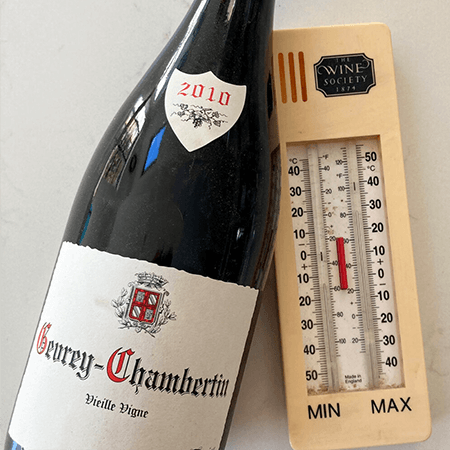
How long does the wine need to breathe and is it necessary at all?
This simple question is difficult to answer without additional knowledge, so don’t hesitate to ask a wine specialist or seller when buying wine. The internet is always there to help us, and you can go to the manufacturer’s website and read their recommendations, although you may not often get an exact answer. And all this because wine is a living product and its aromas manifest themselves differently at different stages of wine maturity.
If all the wines were conditionally combined into some categories, then it is recommended to “breathe” for wines with a concentrated aroma, saturated taste and which have been aged for a long time. In addition, they can be both red and white wines. Pouring the wine into a decanter or carafe actively oxygenates it, speeding up this process, but sometimes it’s enough to open the bottle one to two hours before serving and let the aromas unfold.
Decanting is also practiced if sediment has formed in the bottle. In a restaurant, it is usually done over a candle and for aesthetic reasons, so that solid particles of wine do not float in your glass. This process requires knowledge of many subtle nuances, but at home, the wine can be poured into a decanter using a special strainer. If you’re ready to learn professional decanting, check out some online lessons from professionals.
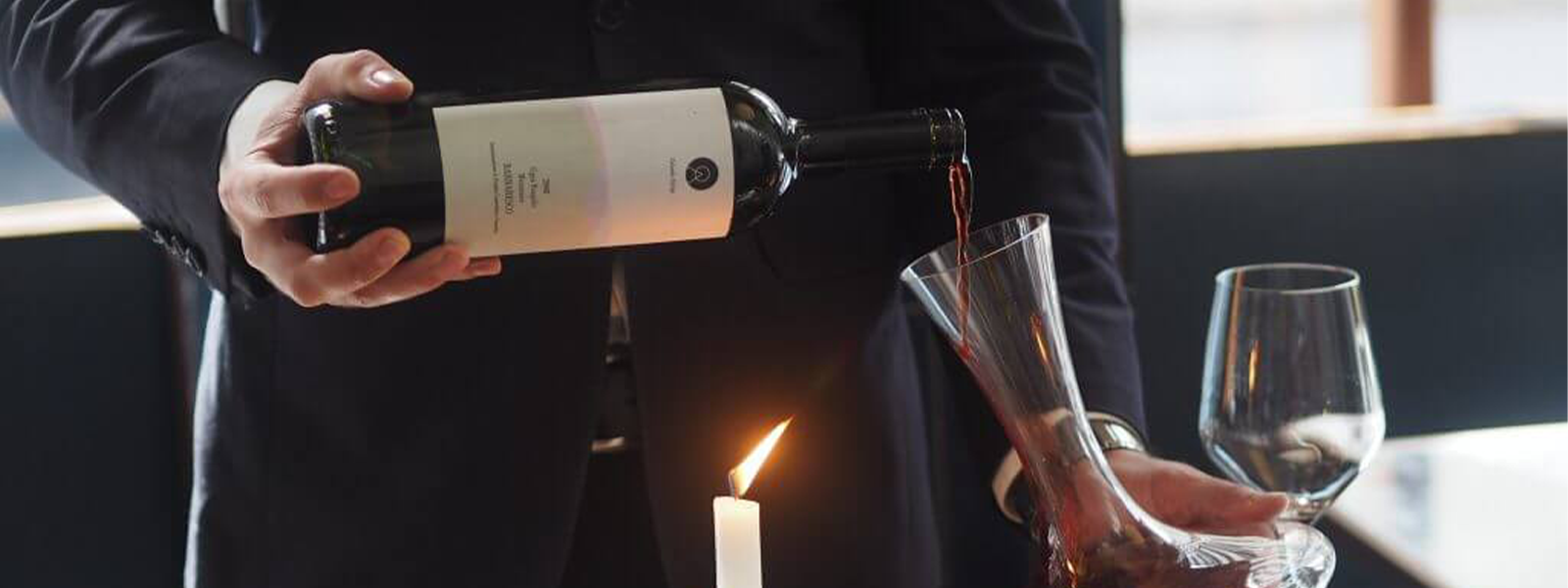
I will mention to you some names of wine that need to be decanted or aerated almost always.
Three Italian “B”s: Barolo, Barbaresco, Brunello.
If you have an Italian Taurasi from the southern grape variety Aglianico, even if it does not start with “B”, it should still be decanted.
Super Tuscans, made using Bordeaux winemaking methods, open up beautifully after decanting.
Bordeaux red wines, but only if the combination of words Bordeaux AOC is not found on the label. These can be wines from Haut-Médoc, St. Estèphe, St. Julien, Margaux, Pauillac, Graves, Pessac-Léognac, St. Émilion, Pomerol.
Franču Hermitage un Cote-Rotie no Ronas ielejas.
Ar burgundiešiem jārīkojas ļoti akurāti, iesaku tiem ļaut paelpot lielā glāzē un pavērot, kā mainās to aromāts.
Spāņu vīniem gandrīz vienmēr aerācija nāk par labu, vai tas būtu Rioja, Ribera del Duero vai Priorat.
Tādas Jaunās Pasaules zemes kā Austrālija, Argentīna, Čīle un ASV ir bagātas ar pilnmiesīgiem, ozola mucās izturētiem vīniem, kam bieži vien nepieciešama dekantēšana, taču tie reti ir vīni no lielveikala plauktiem. Šādiem plaša patēriņa tirgiem vīndari prot saražot vīnus, kas gatavi lietošanai uzreiz – šeit un tagad.
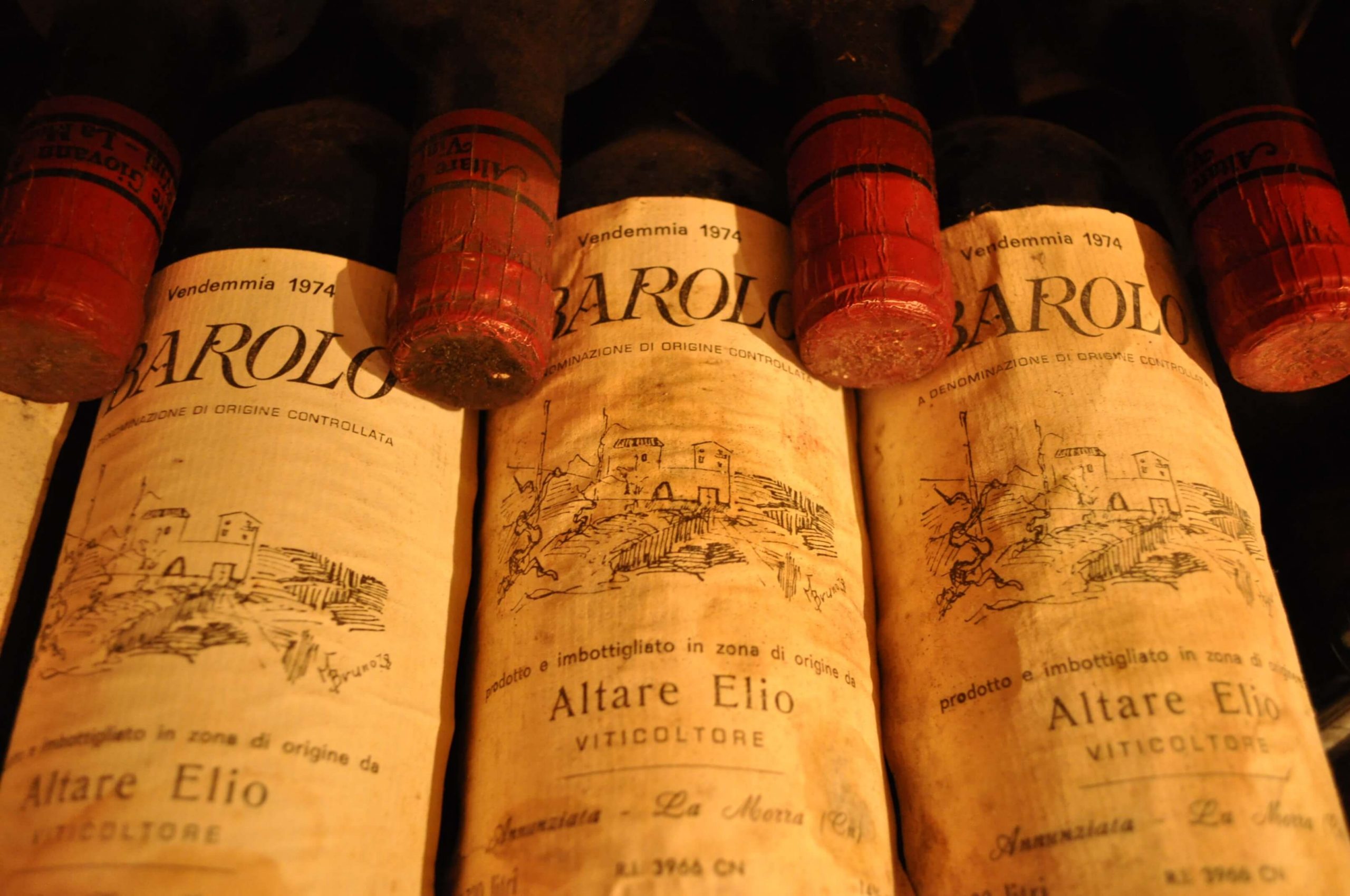
Choosing the right glasses
We found out about the temperature, the wine has opened and breathed and it’s time to start the tasting, but one question remains – the glasses. First of all, it’s great if you have glasses specifically for wine at home, not just thick glass or, God forbid, plastic containers. Remember that elongated (stretched) glasses designed for sparkling wine very rarely fit the sparkling itself, let alone other wines. In such glasses, you can only enjoy the color of the wine, not its aroma and taste.
If you are ready to go further in this field, you can prepare in advance and buy different shaped glasses. The options are endless. Different wine brands have their own different philosophies and attitudes when serving wine. The thinner the wall of the glass, the less the border between you and the dish will be felt, but at the same time, such glasses are very impractical. You will have to wash and polish them by hand, barely touching them.
My recommendation is to have two or three types of glasses at home. One type – narrower shapes for young and light wines, the other – wider for saturated and full-bodied wines and, of course, champagne. Just no “flutes” or anything like that! Keep in mind that this is a thing of the past, and such glasses will not allow you to enjoy real wine. Small fancy glasses in the shape of a tulip will do, or you can always make do with wine glasses, especially if you don’t drink champagne like a thirsty traveler in the desert and enjoy not only the dance of bubbles in the glass, but also appreciate its taste and bouquet.
Wine and food – how not to make a mistake
A favorite topic of wine connoisseurs is which wine to serve with which food. But what should a simple person do who is not anointed in these wisdoms? You can start by simply not making gross mistakes when matching wine with different products. Further, with the help of experience and countless trials (and also errors), you will soon understand with which foods your favorite wine tastes and drinks best.
Remember the enemies of wine: smoke, vinegar, too generous use of lemon juice, chocolate, vanilla, cinnamon, coffee, sugar, spicy foods. These products can radically change the taste of the wine served, and you will not be wise – how could this happen! Just choose another drink if you’re craving it, like smoked fish.
The rule that “white wine with fish, red wine with meat” usually works without fail, but don’t be afraid to be open to new experiments and try serving a light red wine with grilled fish, and an aged white wine with a veal dish.
It is better to avoid sweets and fruits if you drink dry wines. But for dessert, follow the rule that the wine should be sweeter than the dessert, but, as everywhere, there are exceptions.
I wish you luck in learning new things about wine, and don’t be afraid to experiment, because the most important thing is to enjoy the wine, not to serve it according to all the rules. However, with a little effort, tasting at home can become a very enjoyable learning process.
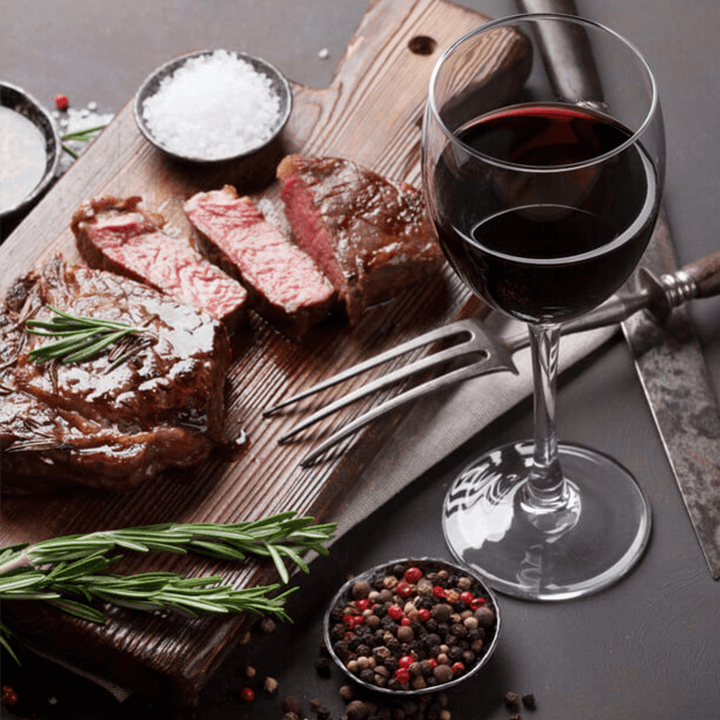
Irina Rakevich

